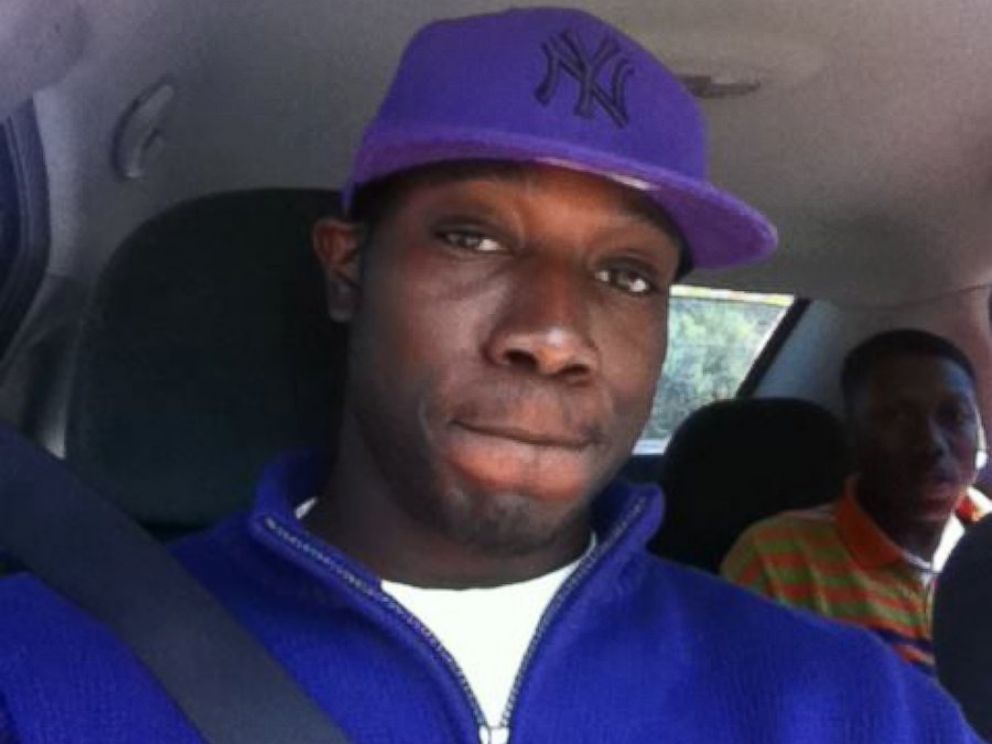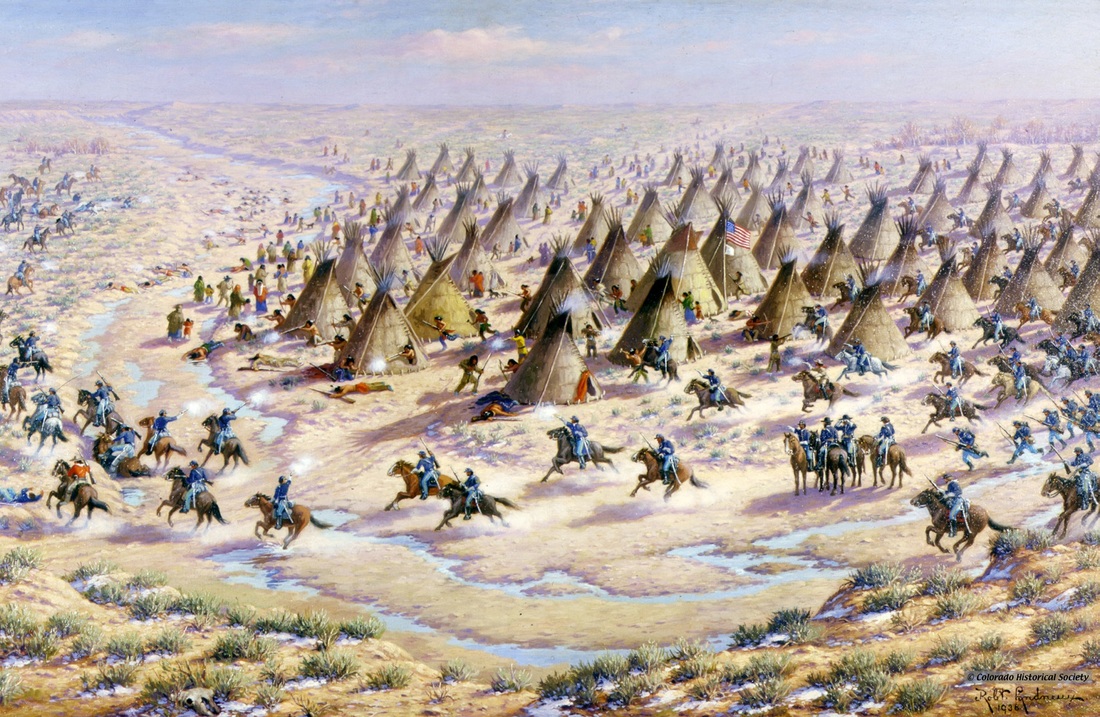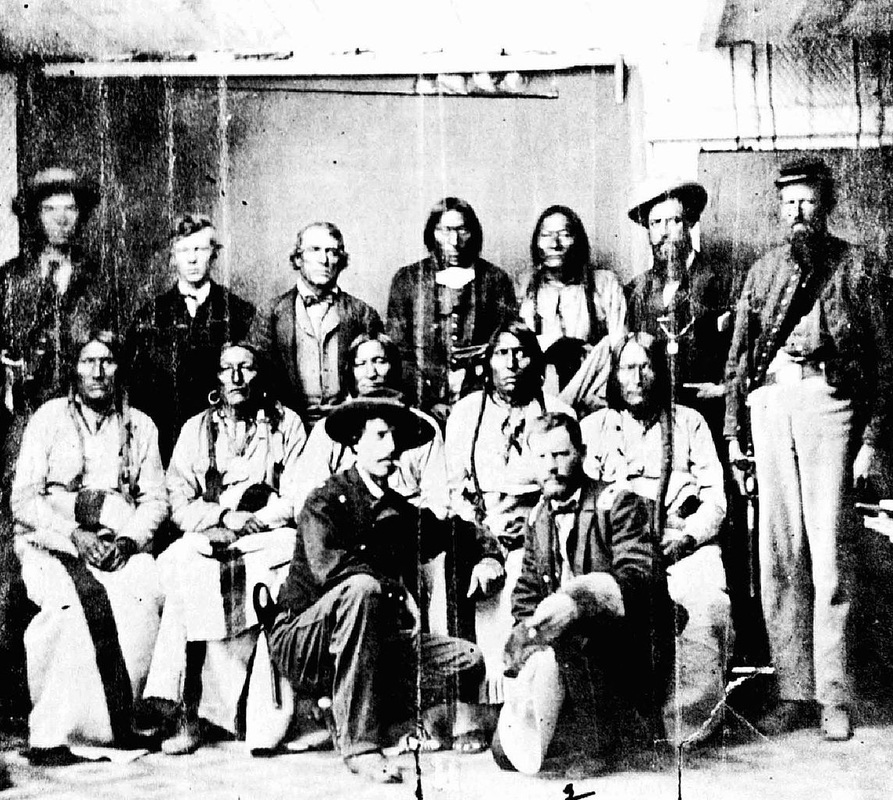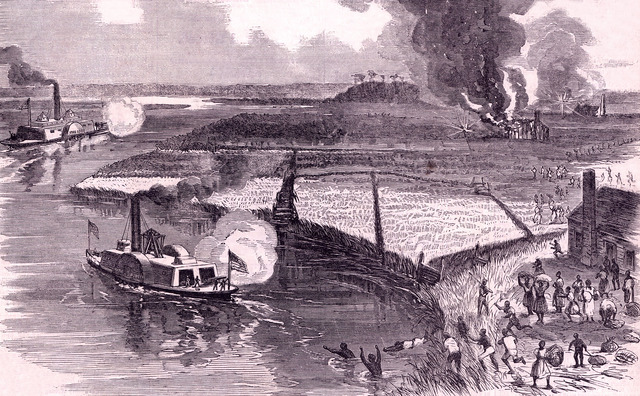|
Our history rises up to smite us. The killings at Emanuel African Methodist Episcopal Church appear to be directly connected to efforts of black people in this county to gain freedom from slavery and to enjoy equal treatment and opportunity. Consider the words of the founder of this very church before he was hanged on charges of attempted insurrection in 1822. 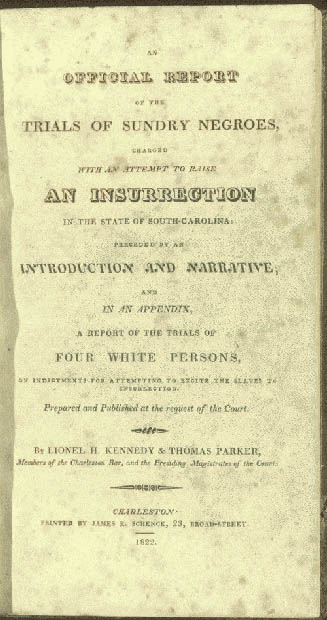
Denmark Vessy, a former slave who'd purchased his freedom, had an opportunity to move to Africa.
He had a chance to turn his back on slavery in America and go on with his life in peace. He stayed in South Carolina and was accused of plotting the most elaborate American slave uprising ever, it may have involved five-thousand slaves, which greatly outnumbered whites in the Charleston area. A co-conspirator gave evidence as to Vesey's motive. “...he was satisfied with his own condition, being free, but, as all his children were slaves, he wished to see what could be done for them." Vesey was found guilty in a secret trial on the testimony of witnesses who had been tortured. When their sentence to death was passed, it read in part... “It is difficult to imagine what infatuation could have prompted you to attempt an enterprise so wild and visionary. You were a free man, comely, wealthy, and enjoyed every comfort compatible with your situation. You had, therefore, much to risk and little to gain. Is slavery, then, a thing so intrinsically detestable, that a man thus favored will engage in a plan thus desperate merely to rescue his children from it?” Vesey and 35 slaves were executed. The church Vesey founded was burned to the ground and authorities in Charleston cracked down on slaves with increased cruelty. 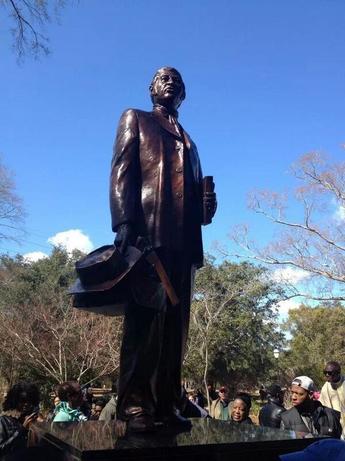 Denmark Vesey Memorial, Charleston, S.C. Denmark Vesey Memorial, Charleston, S.C.
It would be easy to conclude the story of this latest shooting with the arrest and conviction of the one young man who pulled the trigger.
But Dyylan Roof is but a single thread in the tapestry of our collective mindset, and the pattern of his thinking is directly related to the thinking of the men who sentenced Vesey. And that pattern continues to repeat itself in the weave of our communities. This monument to Denmark Vesey unveiled just last year in Charleston was an effort to publicly erase the memory of him as a threat to white supremacy, and honor him as a champion of freedom and justice. It's not far from the spot on Ashley Avenue where Vesey was hung from a tree...less than ten minutes from where a young black man, Tywanza Sanders, and eight others were massacred while gathered to pray.
I cannot help but ask Am I too satisfied with my own condition? Am I turning my back because I'm comfortable in my situation?
I have no ready answers, but we must have the conversation. If we want an end to violence, we must lay down our desire to be right, our political positions and our long believed stories. Do I have the courage to become infatuated with a wild and visionary enterprise? Do you?
If the Sand Creek Massacre is news to you, as it was to me, you need to know about this turning point in American History.
Warning: It's violent, gory and horrific, but one man had the courage to try to prevent the slaughter. And in that, I find hope. The attack in Colorado Territory came at dawn November 29, 1864. Indian villagers likely heard the pounding hooves before they saw the hundreds of blue-clad cavalrymen.
A Cheyenne chief raised the Stars and Stripes above his lodge. Others in the village of about 1000-people waved white flags. The troops responded with rifle and cannon fire. Witnesses say some two hundred people died, warriors trying to fight back with bows and arrows, others shot down as they tried to flee. Two-thirds of the dead and mutilated bodies left on the ground were women and children. Boasting of his victory Col. Chivington paraded the body parts of dead Cheyenne and Arapaho through the streets of Denver. 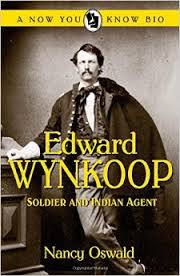
A new award-winning book tells how Edward Wynkoop risked his life to meet with hostile Indians and negotiate peace in Colorado Territory.
Unfortunately, that peace never had a chance, due to prevailing attitudes of the times. "Damn any man who sympathizes with Indians! . . . . I have come to kill Indians, and believe it is right and honorable to use any means under God's heaven to kill Indians." -Colonel John Milton Chivington, U.S. Army. The bloodshed and betrayal at Sand Creek created intense mistrust among Plains Indians and hardened their resolve to resist white expansion. Warfare continued until another infamous massacre in 1890 at Wounded Knee extinguished the Indian's struggle. Repercussions from Sand Creek echo across the centuries impacting Native American culture and lives to the present day.
Black Kettle (seated center) and other Cheyenne chiefs conclude successful peace talks with Major Edward W. Wynkoop (kneeling with hat) at Fort Weld, Colorado, in September, 1864. Photo Courtesy National Archives.
Based on the promises made at this meeting, Black Kettle led his band back to the Sand Creek reservation, where they were massacred in late November. Read an eyewitness account in this article from the Smithsonian Magazine... Wynkoop biography 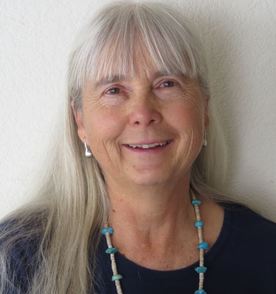 Nancy writes award-winning historical fiction, too. Nancy writes award-winning historical fiction, too.
Author Nancy Oswald was struck by Wynkoop's integrity and courage, and his humanness. "At times he was quite full of himself and acted rashly. But he also had the gift of gab which pulled his fat out of the fire more than once. He wasn’t afraid to stand up for what he believed in and was a man of action."
Nancy graciously agreed to give us a peek into her Wynkoop biography, a recent winner of the Spur Award from the Western Writers of America. Immediately before the massacre, Wynkoop was relieved from his command at Fort Lyon and told to report to his superior to explain the help he had given the Indians camped near Fort Lyon. After the massacre, and after convincing officials of wrongdoings, Wynkoop collected testimonies for the investigations of the massacre that would take place early in 1865. The atrocities committed at Sand Creek were both grisly and graphic. Despite the fact that Chivington (shown above) was found guilty of unnecessary brutality, he had mustered out of the military without punishment. Wynkoop became very unpopular. He was called an Indian lover and the “most hated man in Colorado.” He stood firm, remaining true to his beliefs. After retiring from the military, Wynkoop helped to negotiate treaties with the Plains Indians and fought for them when annuities were not delivered on time. Often Wynkoop secured and delivered the rations himself, and he acted as a go-between when terms of the treaties were breached. Wynkoop became known as one of the few white men the Plains Indians trusted.
In 1864, Edward WynKoop's work for peace came to nothing. But his courage to sit down and talk with the enemy gives me hope. If a guy could do it then, surely we can find a way toward creating more peace in our world today. Any ideas? Can we individually make a difference?
More than a century before women were officially allowed to serve in combat positions in the U.S. Army... ...a woman planned and executed an armed raid into enemy territory. She guided a force of three gunboats upriver to rout enemy outposts, destroy stockpiles of supplies and weapons, and free hundreds of captives. It was June 1863. Union forces had just suffered their worst defeat yet at the hands of the Confederates and Robert E. Lee at the First Battle of the Wilderness. Northerners needed a boost and they gained both military and psychological momentum when James Montgomery and 300 men of the Second South Carolina Black regiment and the Third Rhode Island Battery pulled off the Combahee Raid near Beaufort, South Carolina. Who was the woman who supplied the intelligence for the raid and directed the Colonel and his men? Nearly every school kid learns about Harriet Tubman, her escape from slavery and her work on the Underground Railroad. Less often they hear how this amazing woman, barely five feet tall, was the first American woman to lead an armed mission behind enemy lines. 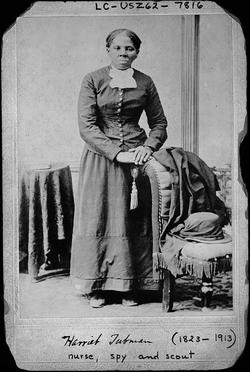 Nurse, cook, scout, and spy---Harriet did it all for the Union army. On the night of June 2, 1863 she led the force that wrecked havoc on Confederate holdings on both sides of the river and emboldened more than 700 slaves to desert their plantations and flee to freedom. At the appearance of Union gunboats coming up the river "...overseers used their whips in vain, for they failed to drive the slaves back to the quarters. They turned and ran for the gun-boats; they came down every road, across every field, dressed just as they were when they left their work and their cabins. There were women with children clinging around their necks, hanging onto their dresses, or running behind, but all rushed at full speed for “Lincoln’s gun-boats.” Hundred crowded the banks, with their hands extended toward their deliverers, and most of them were taken aboard the gun-boats to be carried to Beaufort." Quote thanks to www.harriettubman.com/tubman2.html. A Boston newspaper reporting the event mentioned Colonel Montgomery later gave a speech, which was followed by words from "the black woman who led the raid....For sound sense and real native eloquence, her address would do honor to any man, and it created a great sensation... " The story ends on a further unfortunate note. Harriet Tubman was paid a mere $200 for her service to the Union Army over the course of the war, and was refused veteran's benefits. Though she received benefits as the wife of a veteran, she died in poverty. |
I'm fascinated to discover little-known history, stories of people and events that provide a new perspective on why and how things happened, new voices that haven't been heard, insight into how the past brought us here today, and how it might guide us to a better future.
I also post here about my books and feature other authors and their books on compelling and important historical topics. Occasionally, I share what makes me happy, pictures of my garden, recipes I've made, events I've attended, people I've met. I'm always happy to hear from readers in the blog comments, by email or social media. Archives
September 2023
Categories
All
|
